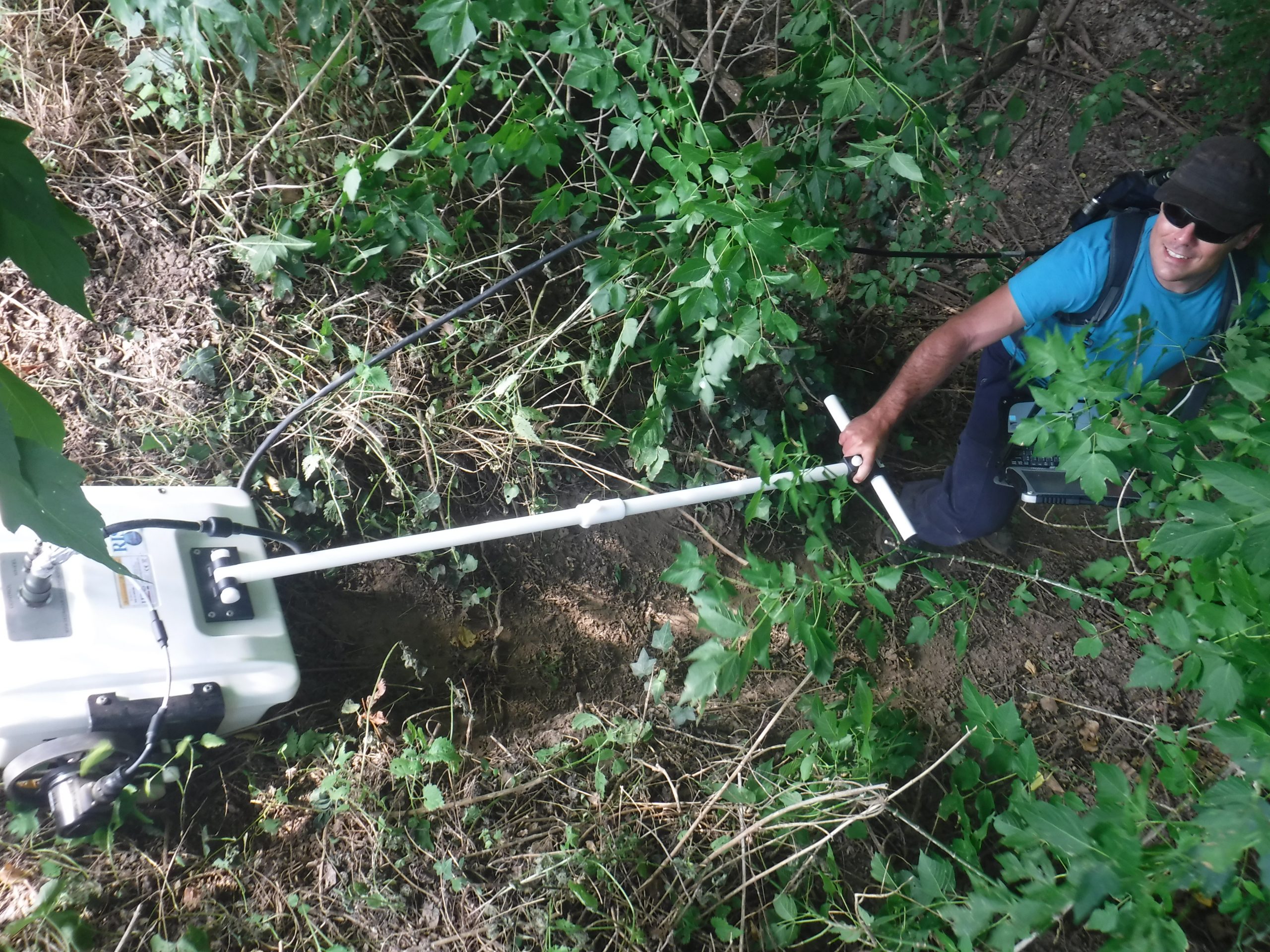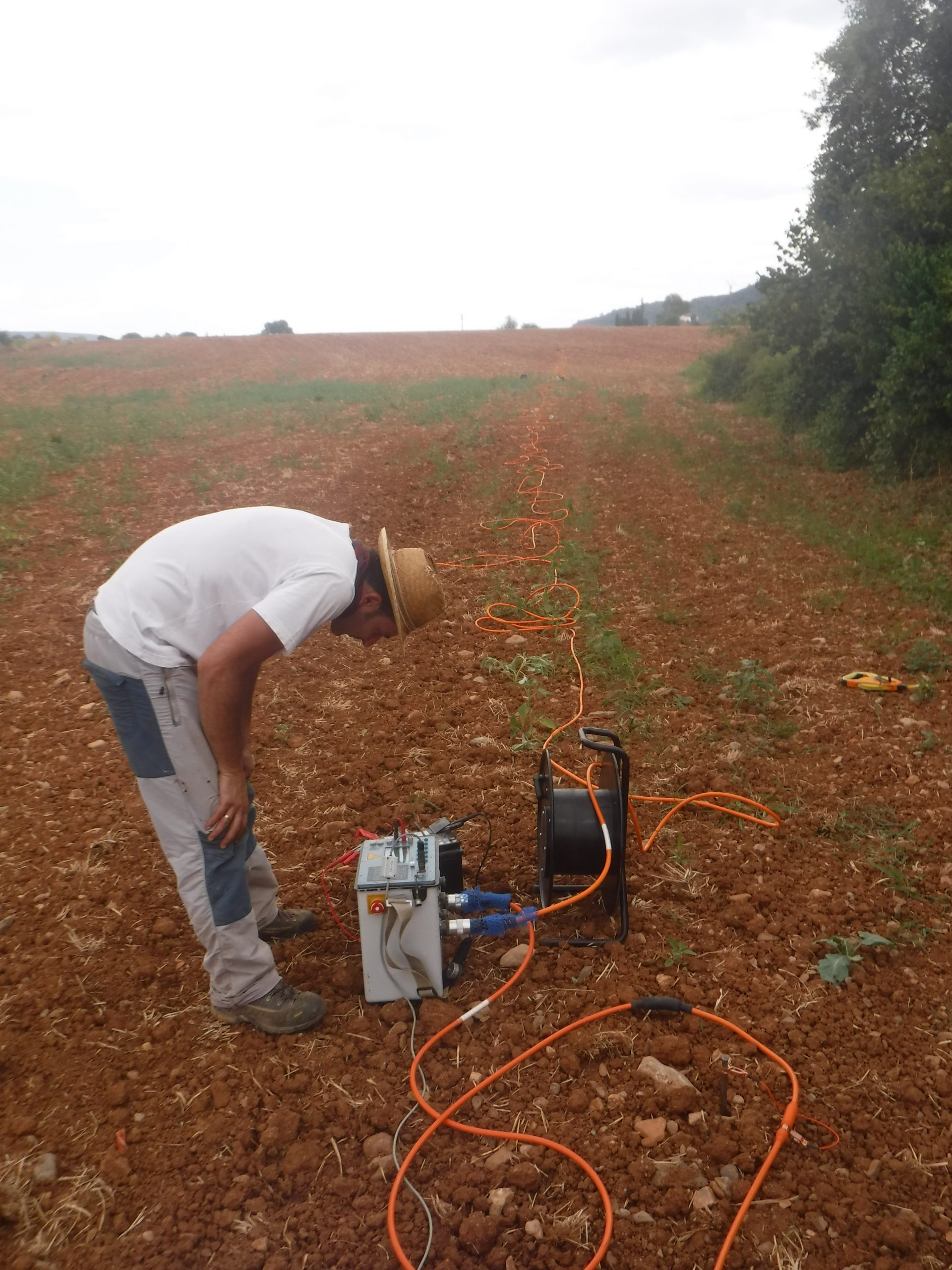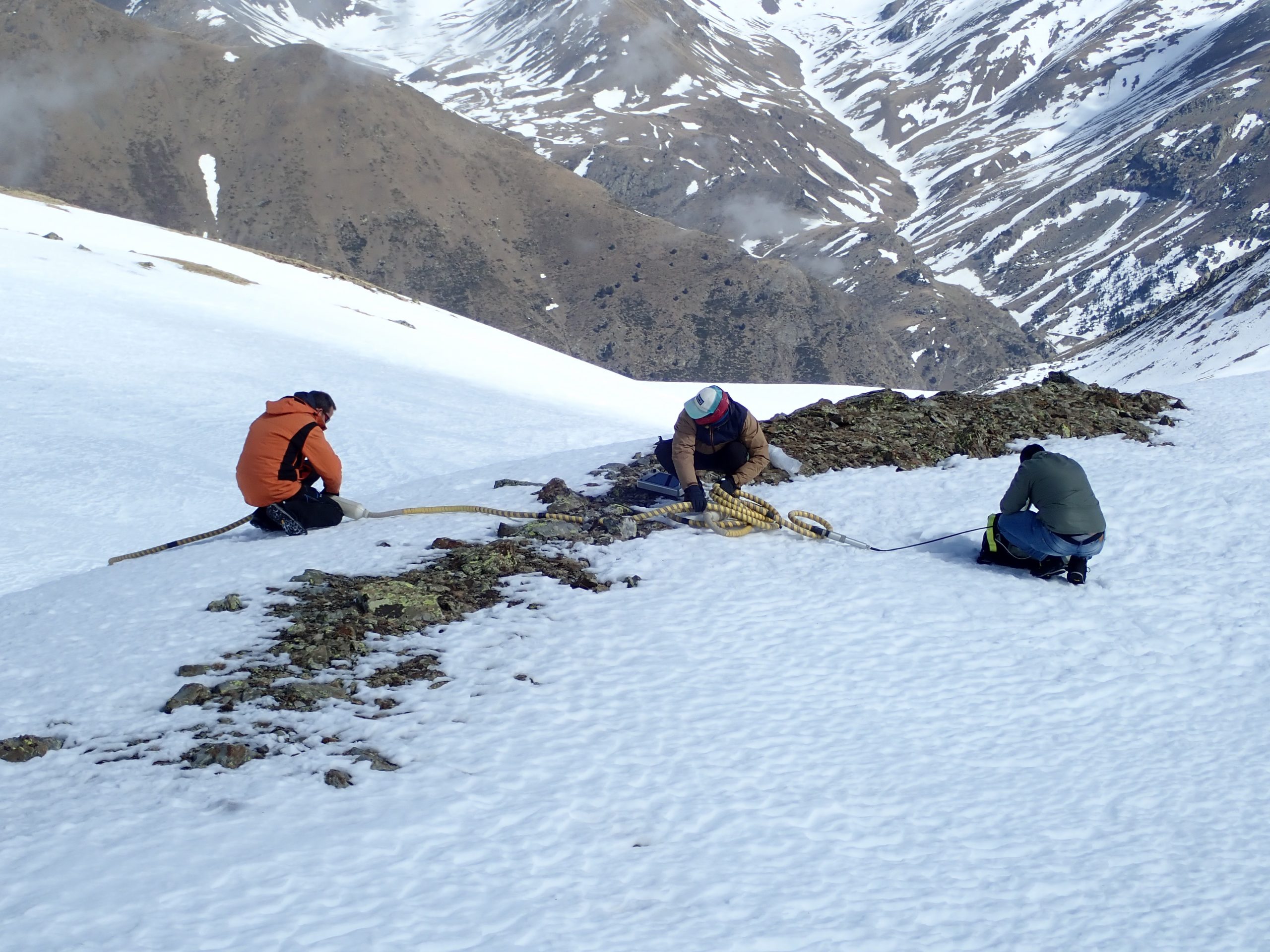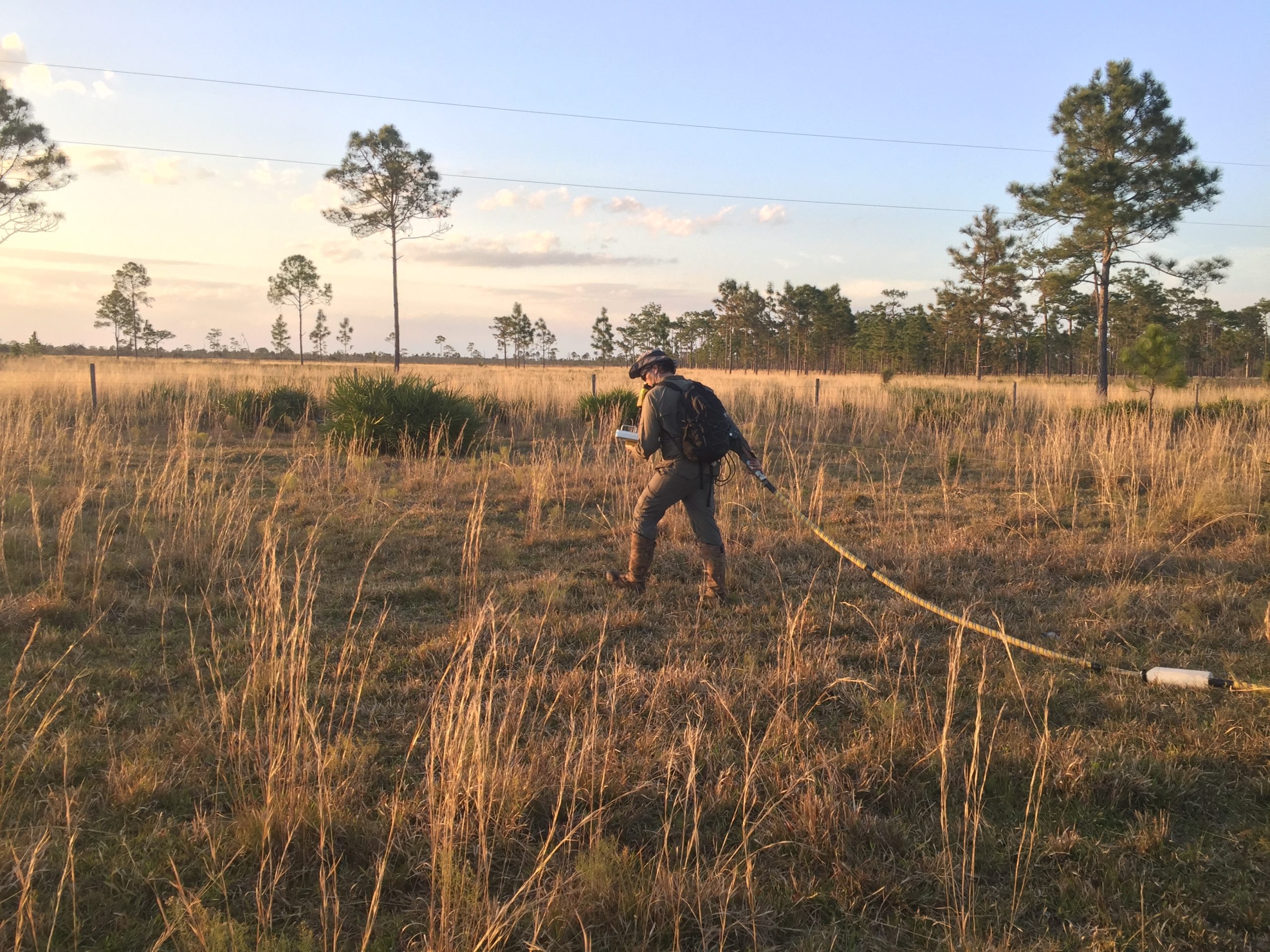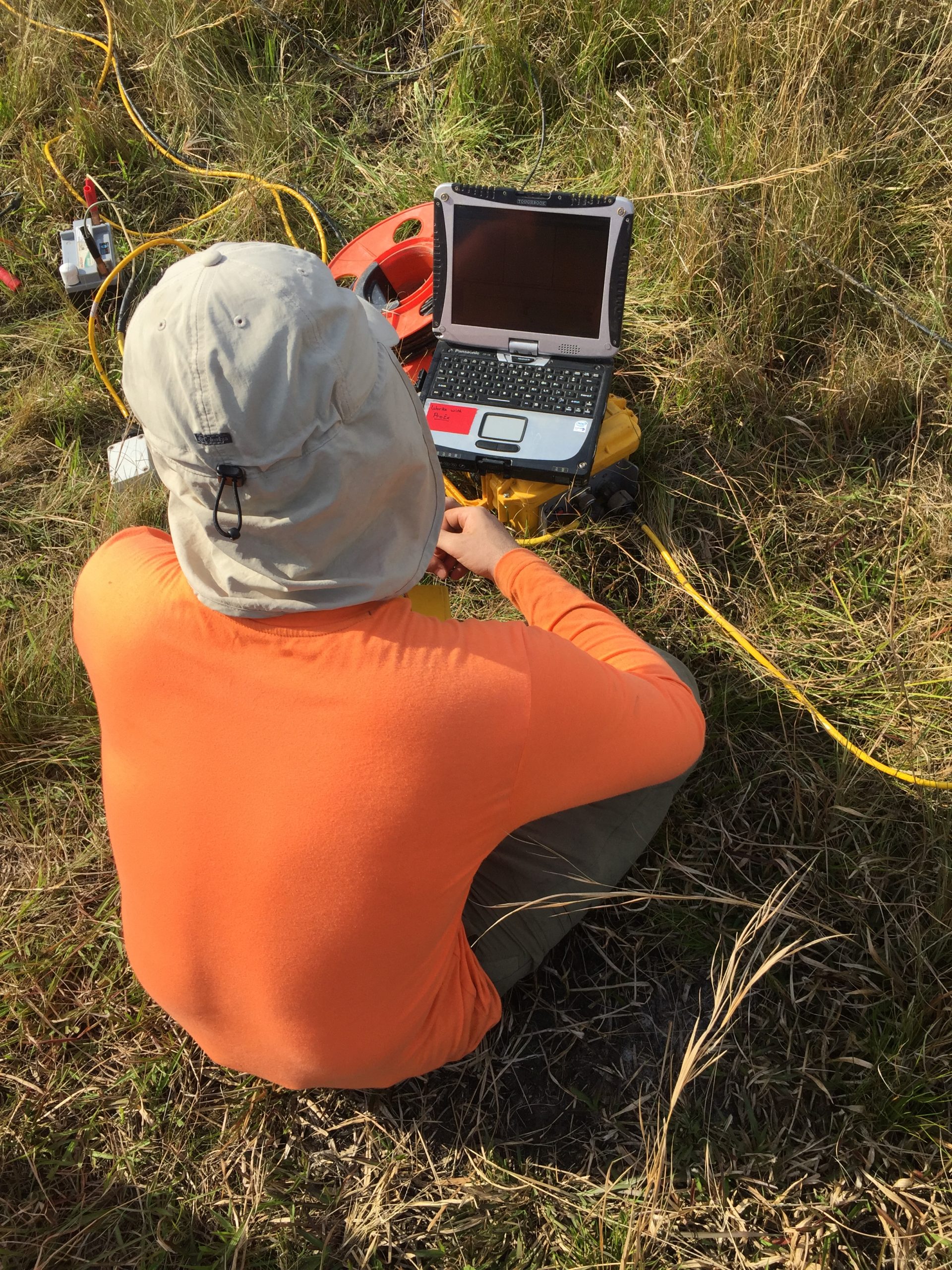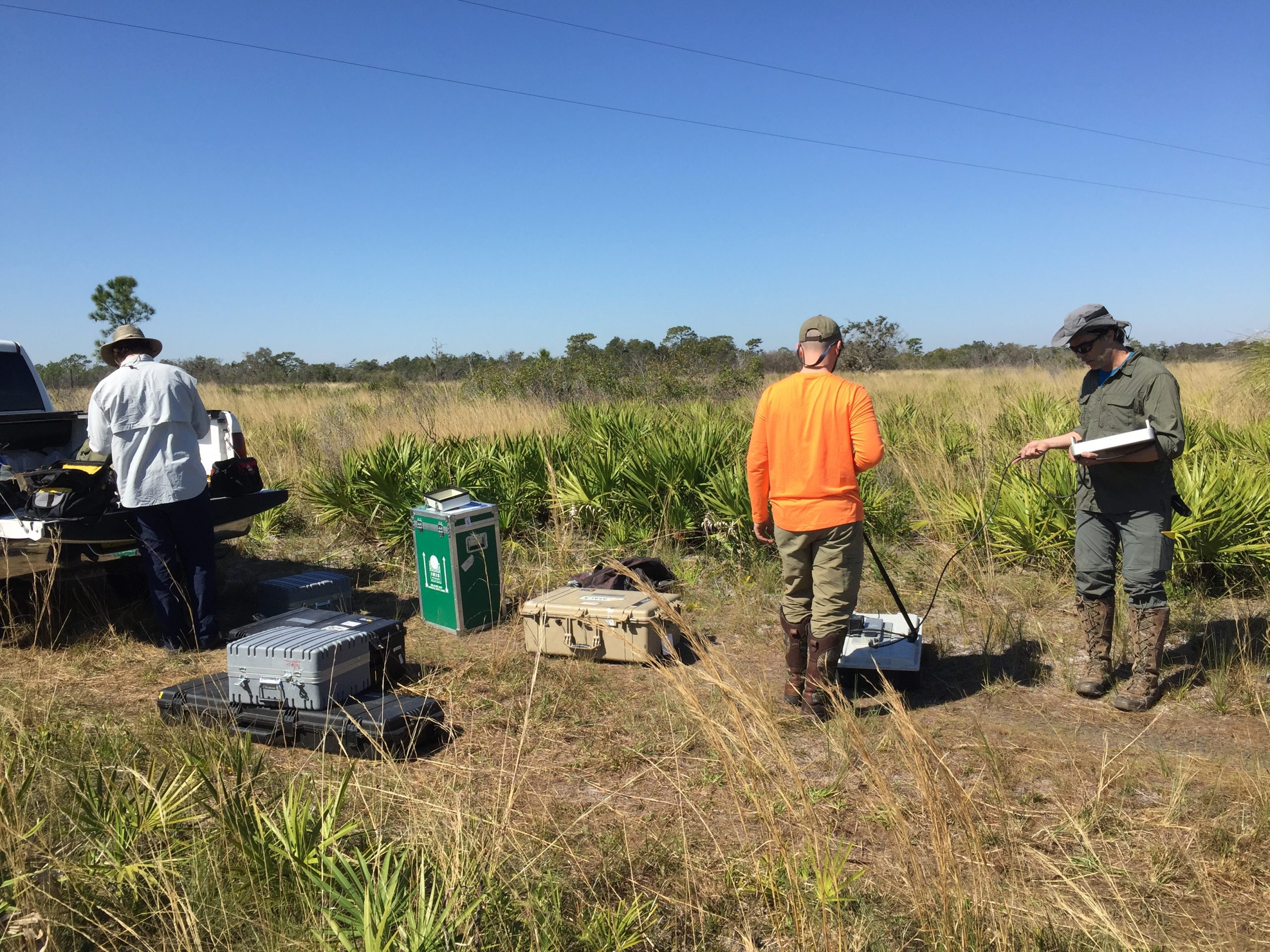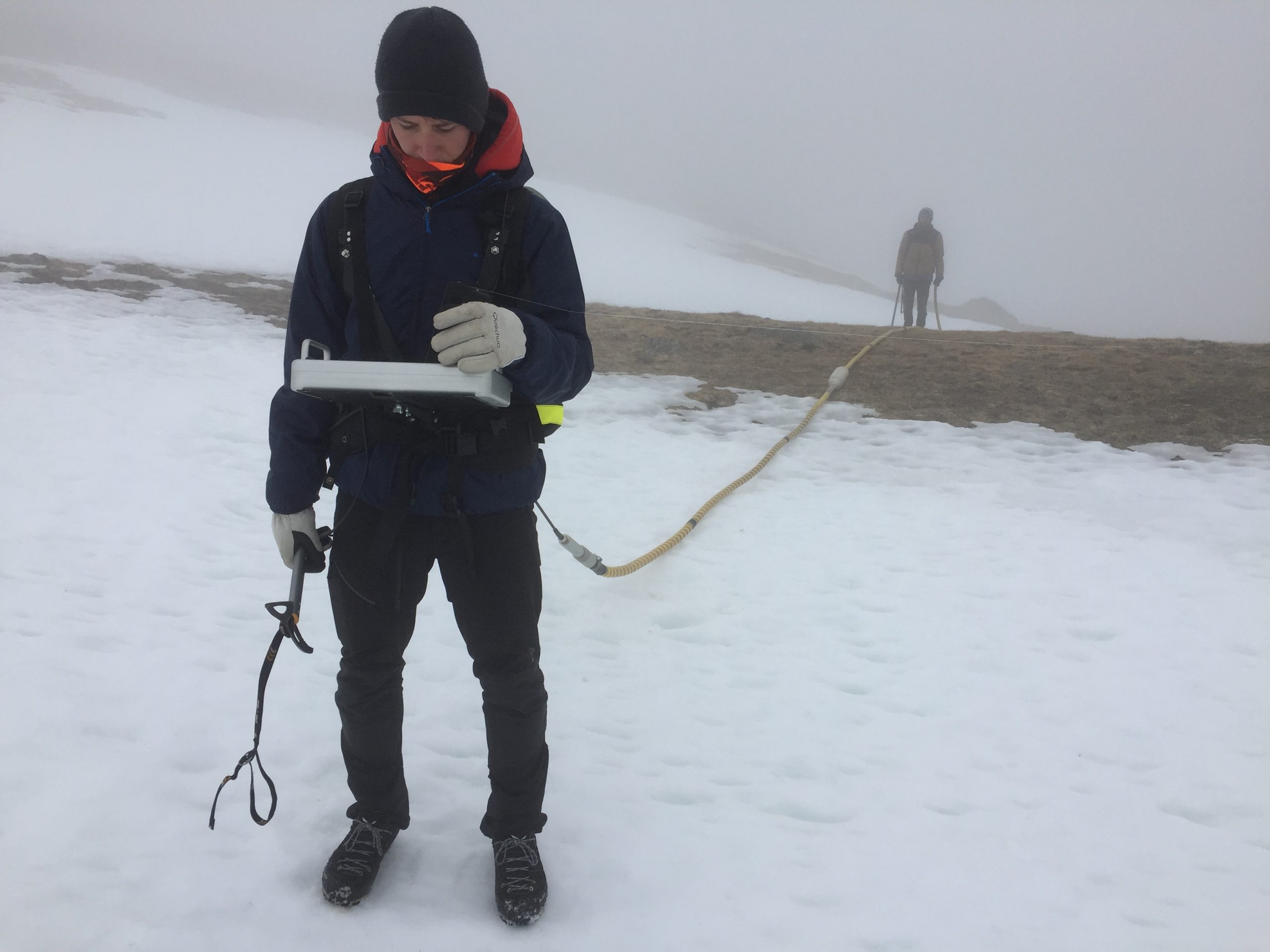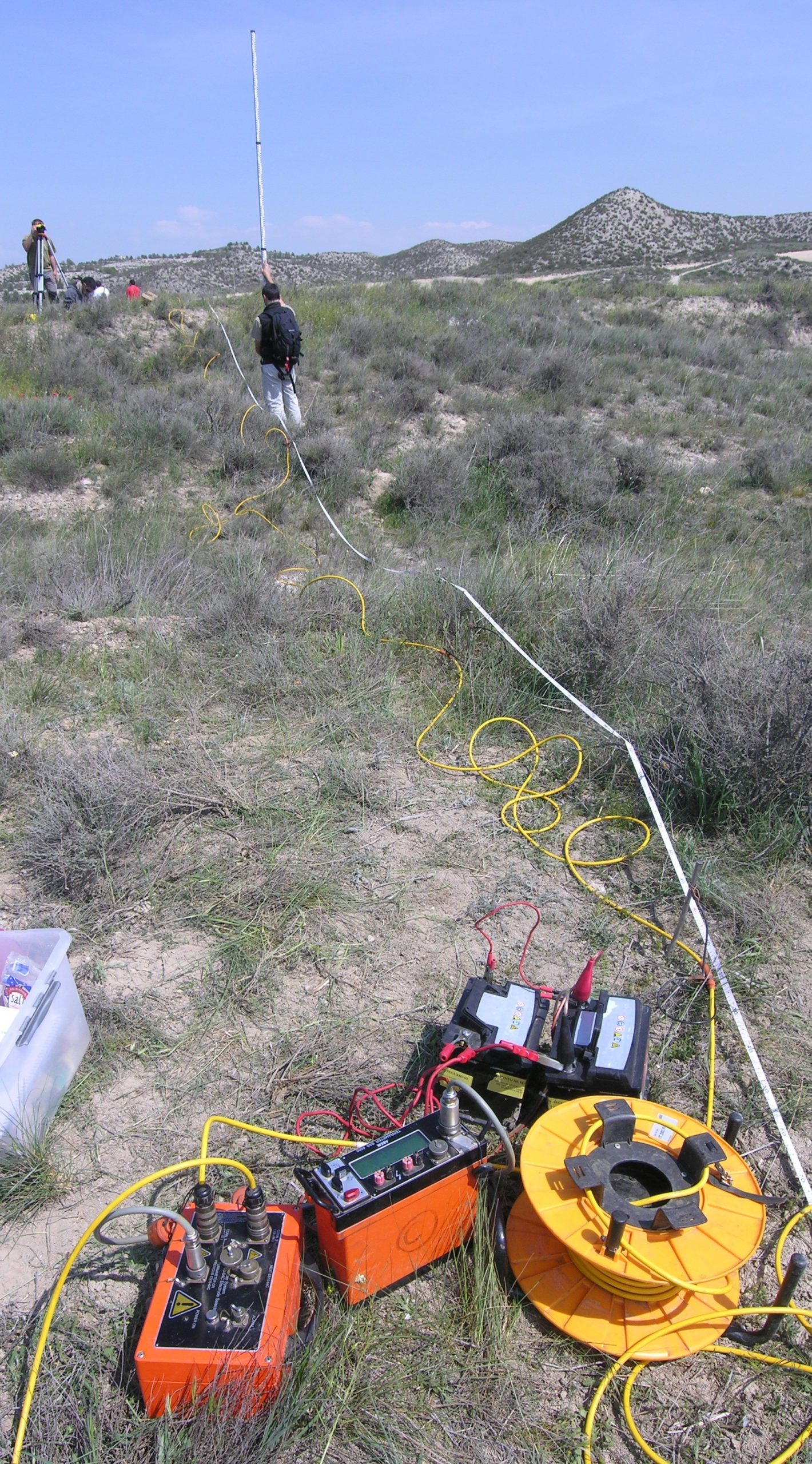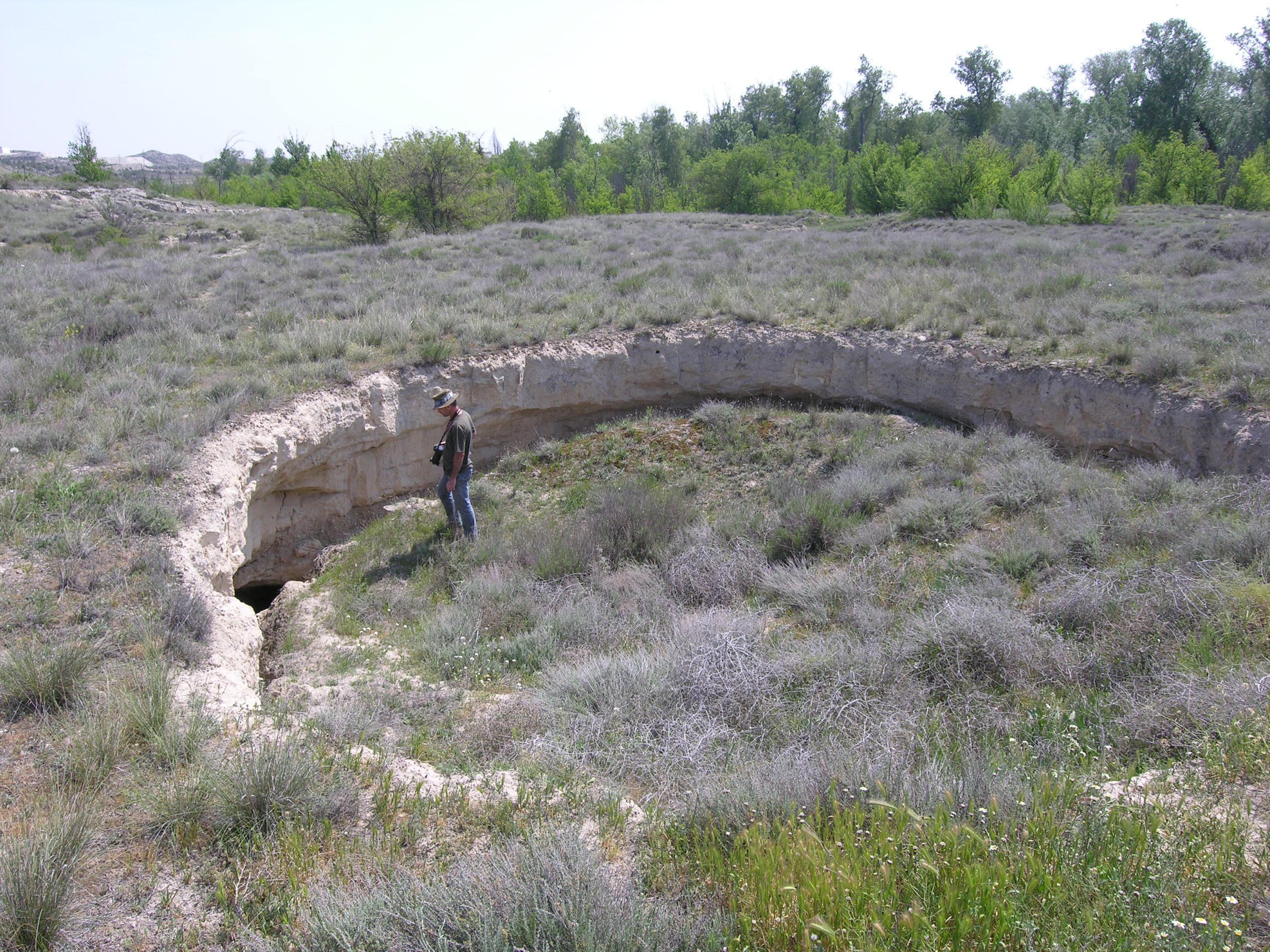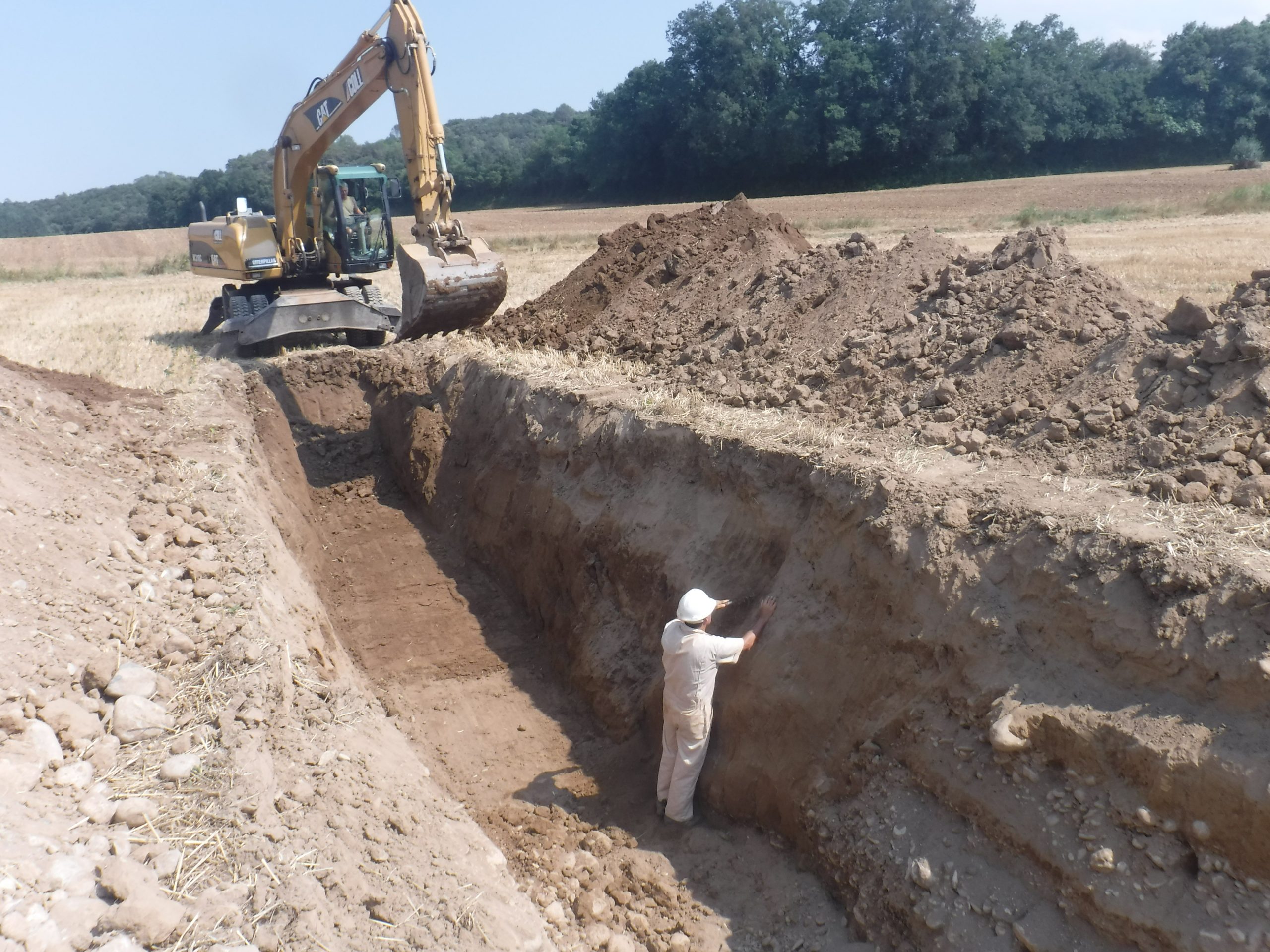Karst environments are characterized by the high solubility of specific bedrock lithologies, mainly carbonate or evaporites. Karst terrains show distinctive landforms and dominant subsurface drainage, which may lead to karst-related environmental and engineering problems such as subsidence (sinkholes), landslides, floods, or aquifer pollution. Karst-related hazards have been increasing because of expanding urban areas and global change in recent decades. Consequently, natural and human-induced hazards related to karst are receiving increasing attention from the scientific community and administrations. The investigation of the epigenic and hypogenic karst requires multidisciplinary research, which must integrate geomorphological mapping, remote sensing, geotechnical monitoring, geophysics exploration, trenching and retrodeformational analysis.
Our objectives are
- determine environmental factors (lithological, climatic, anthropogenic, etc…) that control karstic dissolution processes and subsidence hazards at different scales from sinkholes to saline extrusions-diapirs. Study areas include the evaporite karstic systems of Ebro and Fluvià valleys (NE Iberian Peninsula) and carbonate karst in Florida Peninsula (North America).
- determine hydro-geomorphological and climatic factors controlling natural acid rock drainages in mountain areas. Study sites are in the Central-Eastern Pyrenees and the Puna region in the Andes Cordillera (South America).
Collaborations

